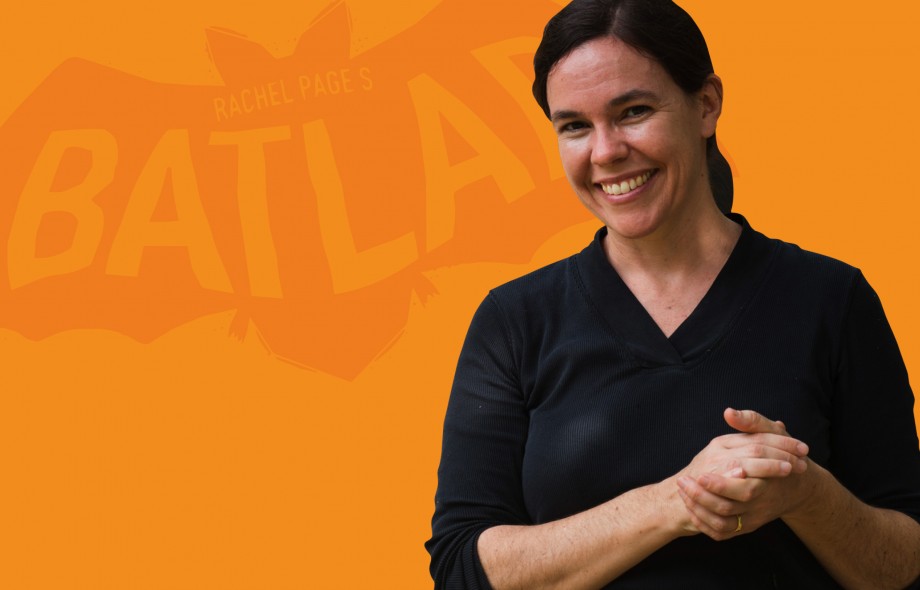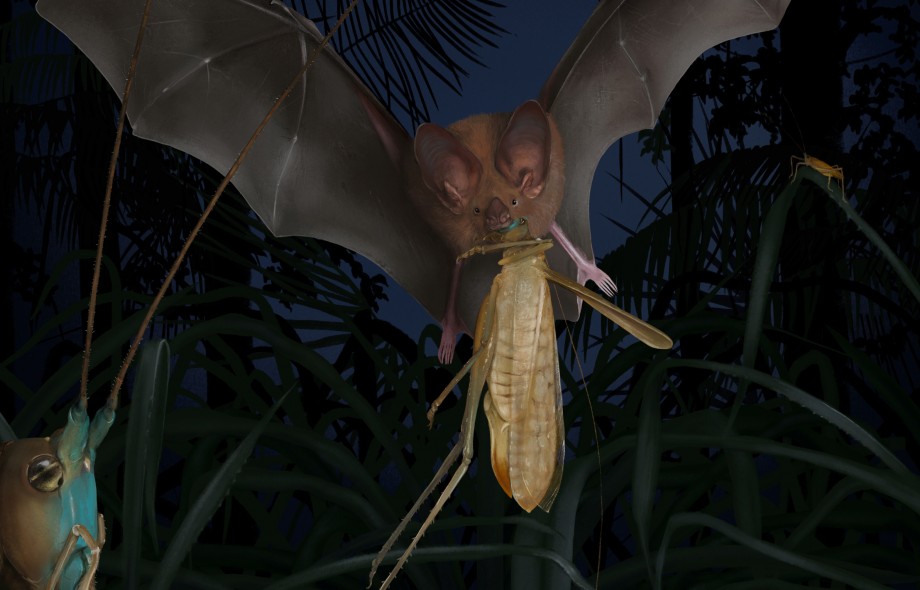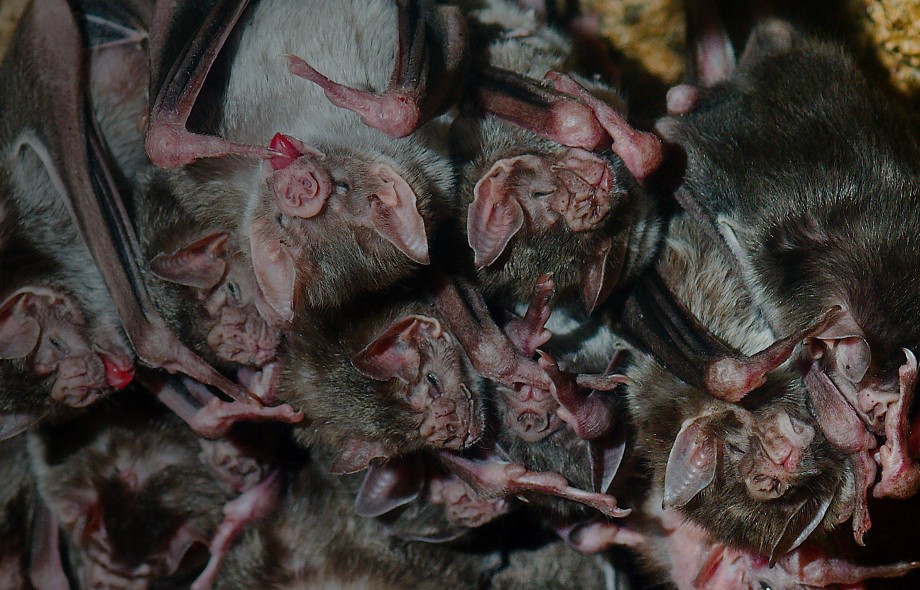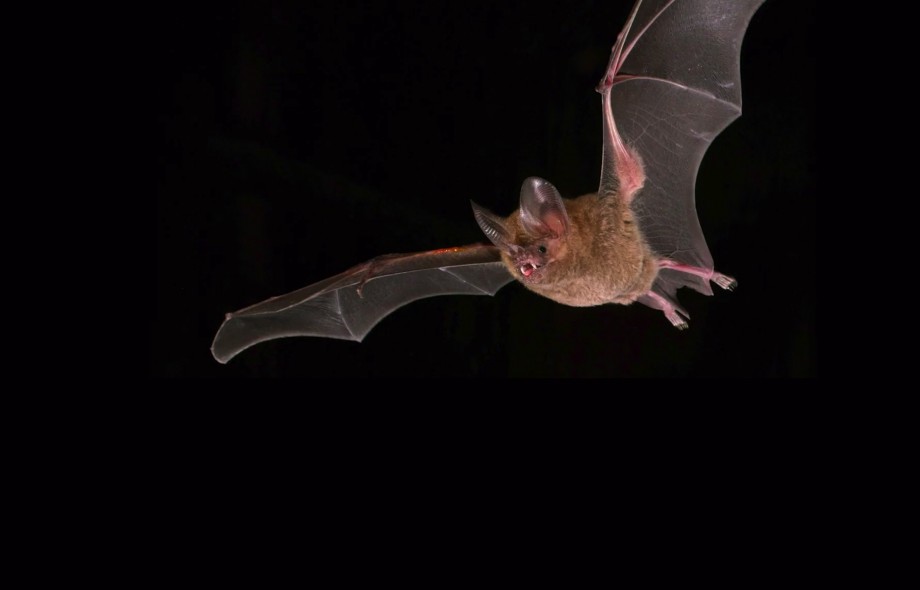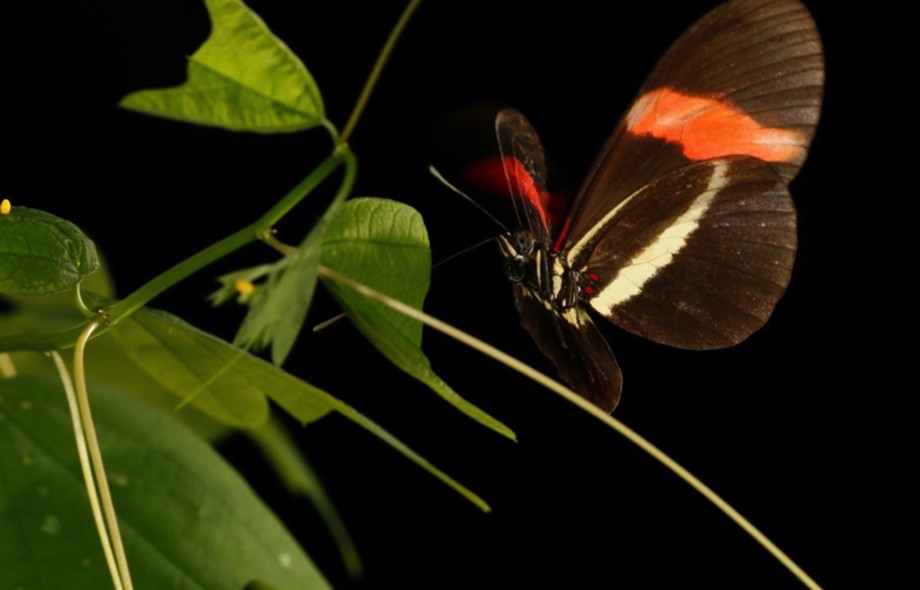Find out more about why bats carry viruses and how both bats and humans benefit from bat conservation.

You are here
Projects
& Stories
Gamboa
Females may also be prone to predation as they move toward a mating call
To understand the effects of urbanization and forest loss on insects, Dumas Gálvez studies the ability of ants to defend themselves against diseases in the city and in nature
How do social interactions change in the face of illness? As humans face potential global pandemics we look to nature for examples. Close observation of another highly social animal, the vampire bat, sheds light on how interactions change—or do not change—as individuals become sick.
Why do some male bats have sticky, odorous arms? The first clues only led to more questions. But now a new sleuth, Mariana Muñoz-Romo, described by a colleague as “probably the world’s expert on chemical communication in a bat species,” is on the case.
Unrelated butterflies may have the same wing patterns. These patterns warn off predators and help suitors find the right mate. But if wing patterns in each species evolved the same way, knocking out an important gene should have the same effect in both. Carolina Concha and her team discovered that knocking out the WntA gene results in different effects in co-mimics, so the two species evolved the same pattern via different pathways.
